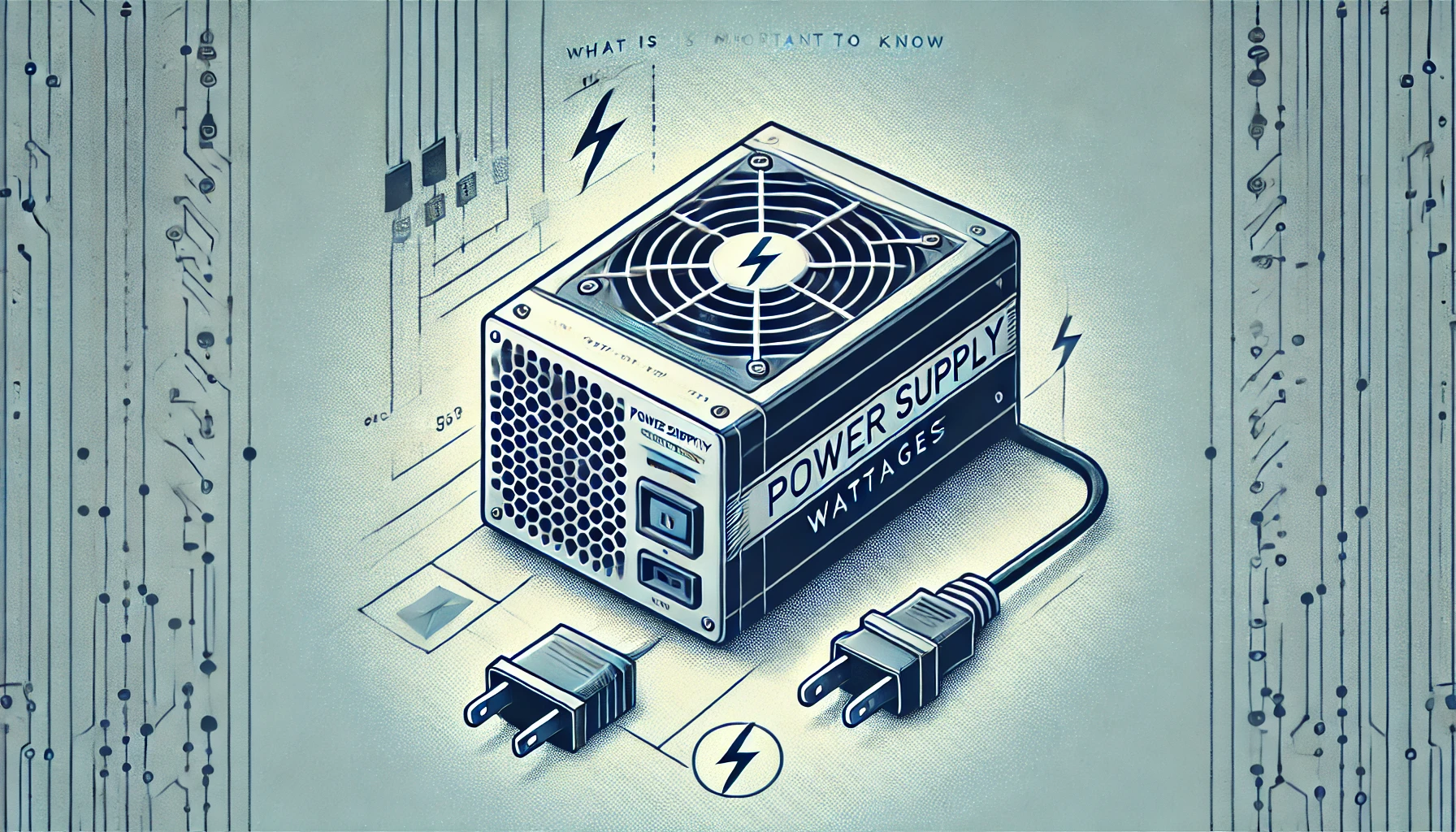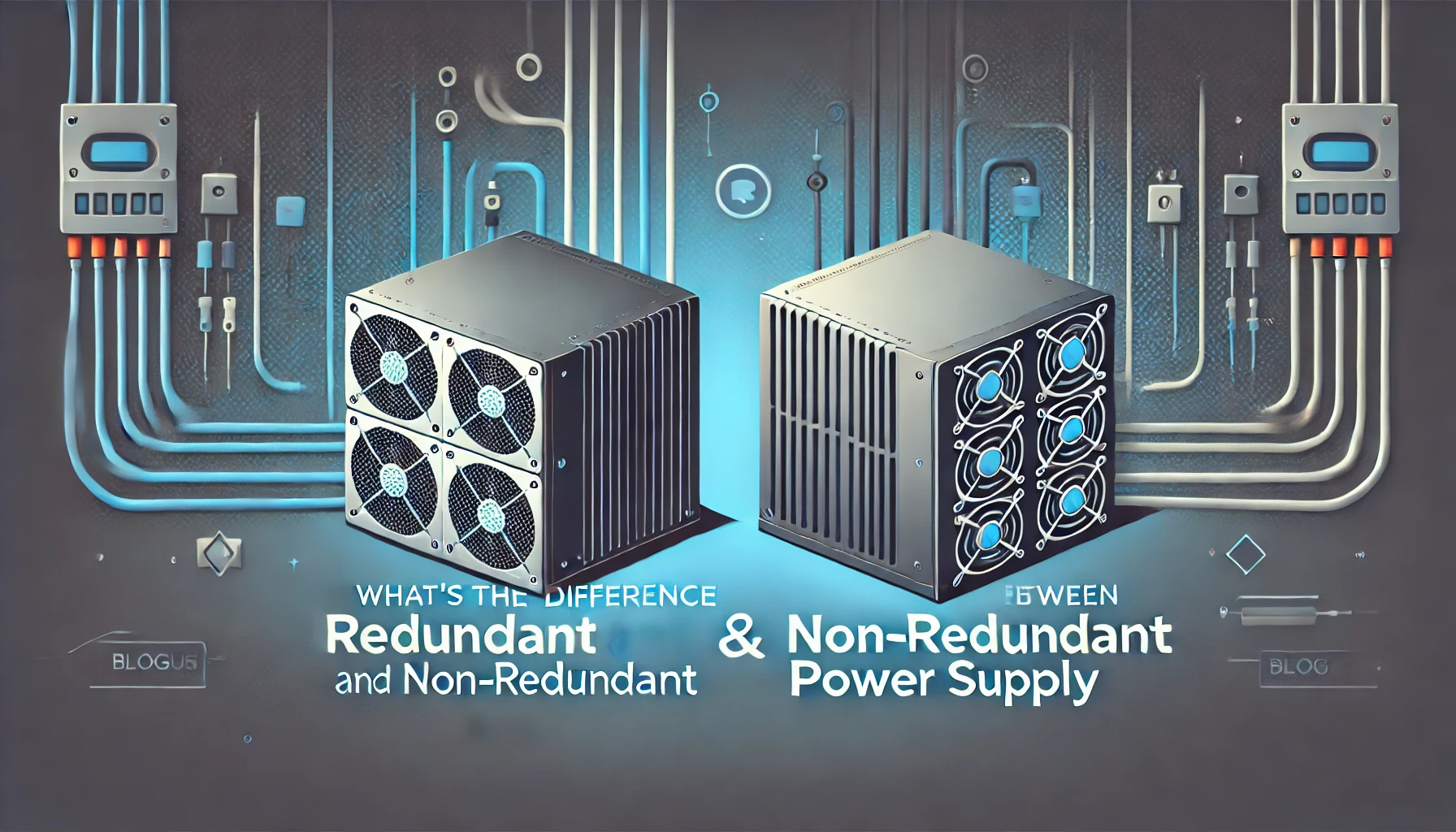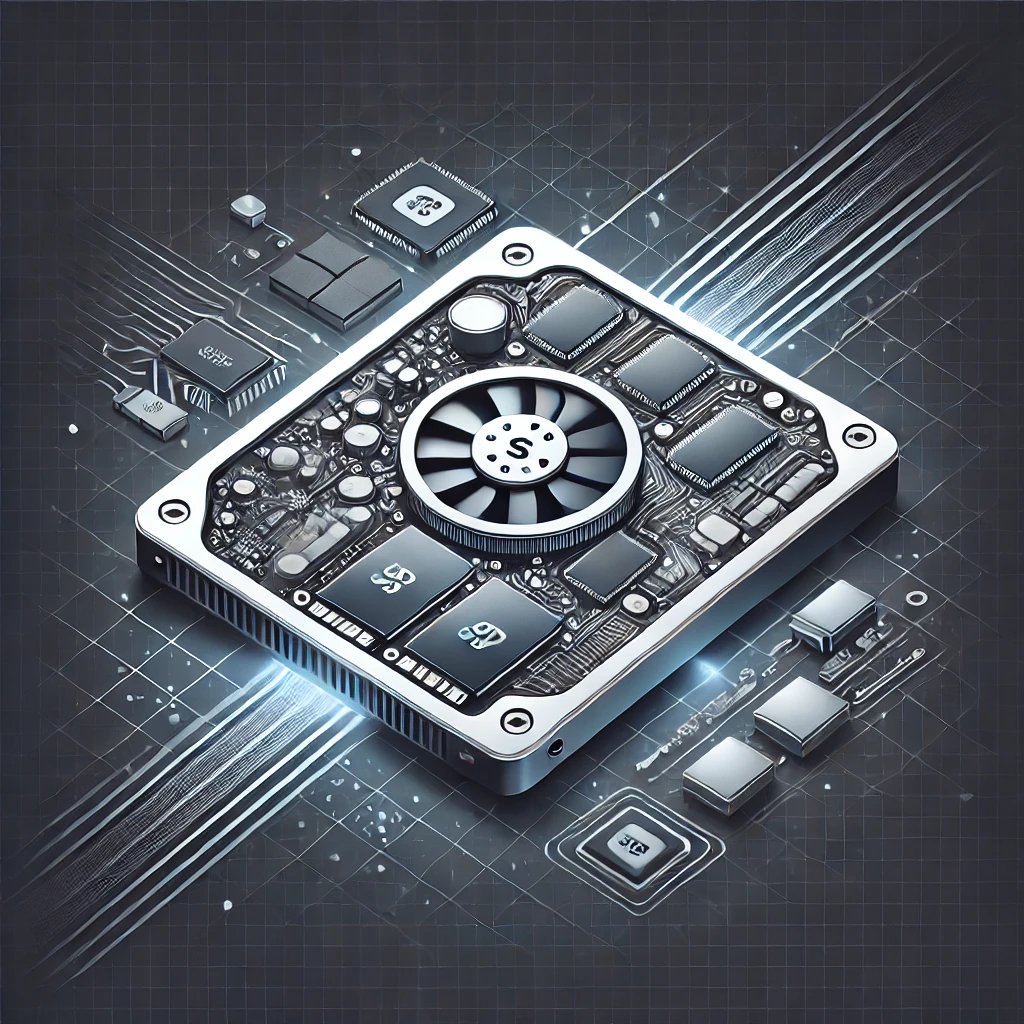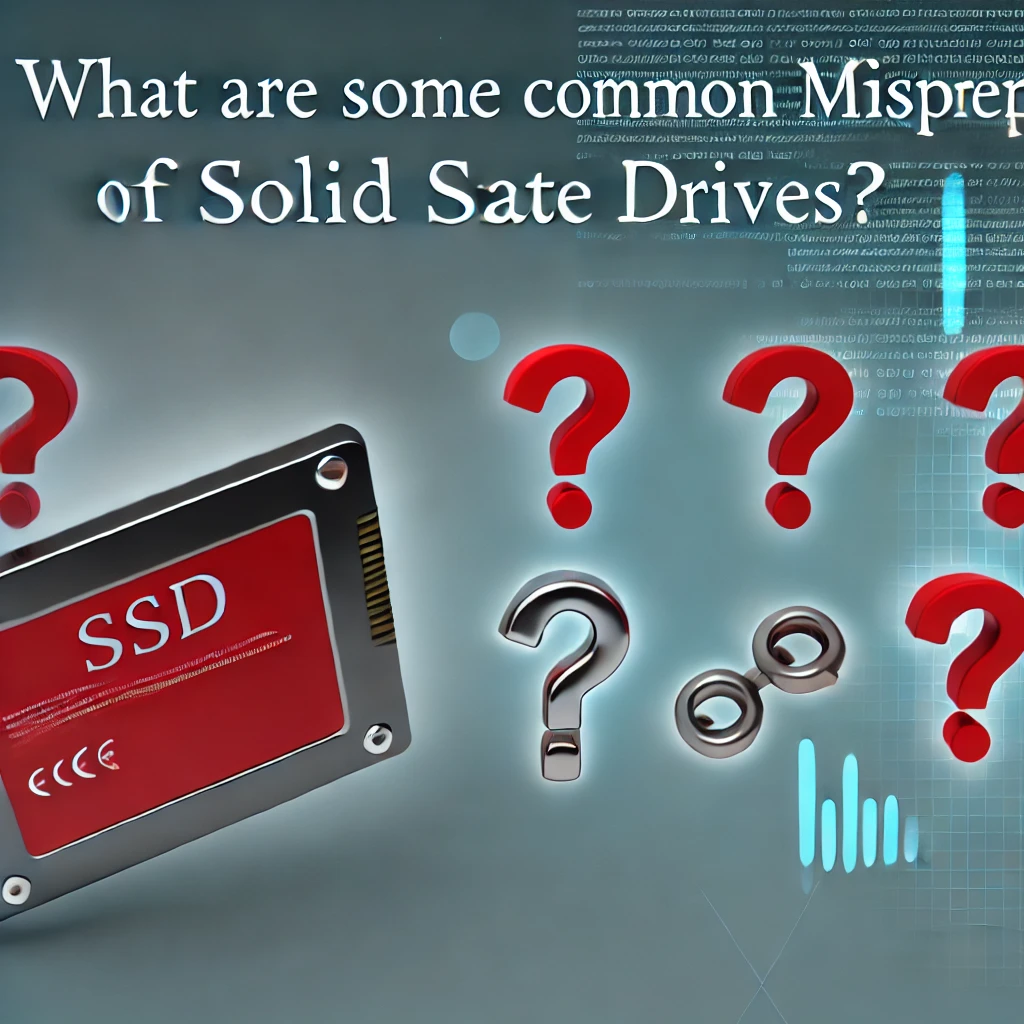What Does It Mean If A Hard Drive Is Self Encrypting Drive (SED)?
In the modern data-centric landscape, safeguarding sensitive information is of paramount importance. Self-Encrypting Drives (SEDs) emerge as pivotal components in achieving this objective. This article aims to elucidate the concept of SEDs, detailing their functionality, looking into the advantages they offer in terms of data security, and providing insights on recognizing and harnessing SEDs in an efficient manner.
Furthermore, considerations such as the limitations of SEDs, associated risks, and alternative solutions will be discussed. Gain a comprehensive understanding of this critical tool for fortifying data protection.
Understanding Self-Encrypting Drives (SEDs)
To understand Self-Encrypting Drives (SEDs), one must explore the realm of hardware-based encryption designed to enhance data security and protection. SEDs are specialized storage devices that incorporate encryption technology directly into the drive itself, offering robust security features to safeguard data at rest.
By implementing encryption at the hardware level, SEDs ensure that sensitive information stored on the drive remains secure even if the physical device is compromised. This level of security surpasses traditional software-based encryption methods, delivering a more dependable defense against unauthorized access.
In contrast to conventional hard disk drives (HDDs), SEDs automatically encrypt data as it is written, preventing unauthorized users from accessing data even if the drive is detached from the system. This capability holds significant importance in industries handling sensitive data, such as healthcare, finance, and government sectors, where data security stands as a top priority.
Definition and Functionality
The concept and operation of Self-Encrypting Drives (SEDs) revolve around the generation and management of encryption keys, the authentication process for secure access, and the encryption technology that enables disk-level security. SEDs use disk encryption techniques to ensure secure data storage through cryptographic operations and adherence to established security protocols, thereby preserving data confidentiality.
Through the integration of encryption technology at the disk level, SEDs establish a secure barrier that protects data from unauthorized access and potential breaches. The encryption keys, crucial to this process, are both generated and managed by the drive itself, enhancing the overall security of stored information. The authentication process for secure data access involves verifying user identities and permissions, ensuring that only authorized individuals can decrypt and access encrypted data. This multi-layered approach combines cryptographic operations with security protocols to establish a robust defense mechanism against data breaches and vulnerabilities.
Benefits of SEDs
The advantages of Self-Encrypting Drives (SEDs) go beyond basic encryption methods, as they offer firmware-based encryption, strong disk security, and comprehensive protection for data at rest. SEDs adhere to industry standards such as the OPAL standard and utilize Trusted Computing Group (TCG) specifications to provide a secure storage solution.
These drives are specifically engineered with embedded cryptographic capabilities that guarantee data security even if the drive is disconnected from its original system. Through real-time data encryption, SEDs eliminate the performance impact typically associated with software-based encryption solutions. Moreover, SEDs streamline data management and disposal procedures by enabling quick and secure deletion of sensitive information, thereby enhancing compliance with data protection laws and minimizing the likelihood of data breaches.
Enhanced Data Security and Protection
The advantages of Self-Encrypting Drives (SEDs) include enhanced data security and protection, which are crucial for meeting security compliance requirements, adhering to data privacy regulations, and providing a comprehensive secure storage solution. SEDs are instrumental in bolstering cybersecurity efforts by incorporating drive lockdown mechanisms, robust security features, and high encryption performance, including secure erase functionality for data disposal.
These features not only safeguard data at rest but also guarantee data integrity during transfers and access. Through encryption algorithms, SEDs mitigate unauthorized access, significantly raising the bar for cyber attackers attempting to breach sensitive information. SEDs offer an additional layer of protection by enabling swift and secure data erasure, particularly vital when devices are decommissioned or repurposed. Their seamless integration into current systems streamlines management and ensures consistent data protection across various platforms and applications.
How to Identify and Use SEDs
The utilization of Self-Encrypting Drives (SEDs) necessitates effective security management protocols, thorough key management procedures, and verification of compatibility with current systems. Users can take advantage of the secure access and encrypted data transfer features that SEDs provide, thereby bolstering overall data security.
During the deployment of SEDs, organizations should prioritize comprehensive security management to adequately protect sensitive data. It is imperative to implement efficient key management strategies to guarantee the secure storage and maintenance of encryption keys throughout the entire lifecycle of the SED. Ensuring compatibility with existing hardware and software is crucial for seamless integration and to mitigate any potential compatibility challenges. SEDs not only create a secure environment for data access but also offer encrypted data transfer capabilities, safeguarding information both at rest and in transit.
Compatibility and Setup Process
Ensuring Compatibility and Streamlining the Setup Process for Self-Encrypting Drives (SEDs) involves a series of critical steps. These include implementing threat protection measures, utilizing hardware security modules for heightened security, establishing secure boot processes, and adhering to secure drive disposal protocols. The efficient management of disks is paramount in upholding the integrity and security of SEDs.
Secure boot processes are of utmost importance as they guarantee that only trusted firmware and software are initiated during system startup, effectively warding off unauthorized access. Proper protocols for secure drive disposal are essential to follow industry standards for completely erasing data. Effective disk management encompasses proficient data organization, routine monitoring of drive health, and the integration of encryption to safeguard sensitive information.
By prioritizing these key elements, organizations can seamlessly integrate SEDs into their systems and significantly bolster their data security measures.
Limitations and Considerations
Exploring the Limitations and Considerations of Self-Encrypting Drives (SEDs) requires addressing several key aspects. These include security policies, protocols for secure data handling, mechanisms for secure data destruction, requirements for drive authentication, and challenges related to secure data access. Understanding and managing these aspects are crucial for fully leveraging the advantages of SEDs while minimizing the associated risks.
Having well-defined security policies in place and ensuring their strict adherence is fundamental for upholding the integrity and confidentiality of data stored on SEDs. The implementation of secure data handling procedures not only safeguards sensitive information but also serves as a proactive measure against potential data breaches. Robust practices for data destruction are essential to completely erase data when it is no longer required.
Drive authentication is vital for verifying users' identities and ensuring that only authorized individuals can access encrypted data. Secure data access protocols are instrumental in addressing vulnerabilities and unauthorized access attempts within SED environments, thereby bolstering overall data security.
Potential Risks and Alternatives
The process of Identifying Potential Risks and Exploring Alternatives for Self-Encrypting Drives (SEDs) involves an assessment of hardware-level security vulnerabilities. This evaluation aims to establish a secure storage environment that aligns with privacy regulations and security certifications while transitioning towards secure computing practices. By evaluating these factors, organizations can effectively mitigate risks and improve their overall security posture.
Understanding vulnerabilities at the hardware level allows organizations to introduce additional security measures to protect sensitive data stored on SEDs. It is imperative to remain vigilant and proactive in addressing these vulnerabilities to prevent data breaches and unauthorized access. Maintaining a secure storage environment is crucial not only for regulatory compliance but also for safeguarding the integrity and confidentiality of data. Secure computing practices, including encryption protocols and regular security updates, are essential for strengthening the overall security framework and ensuring comprehensive data protection.








